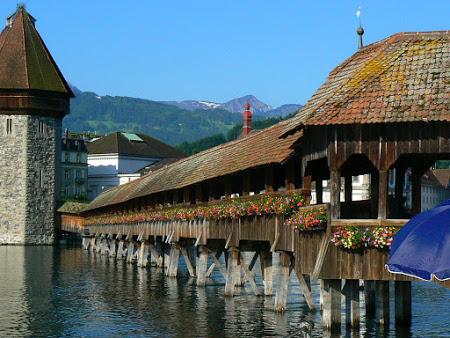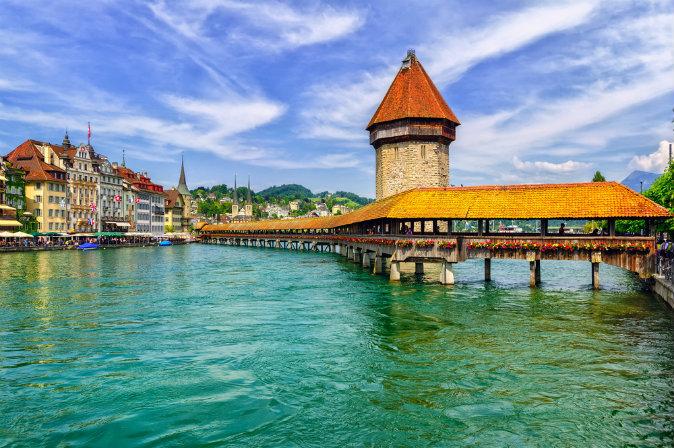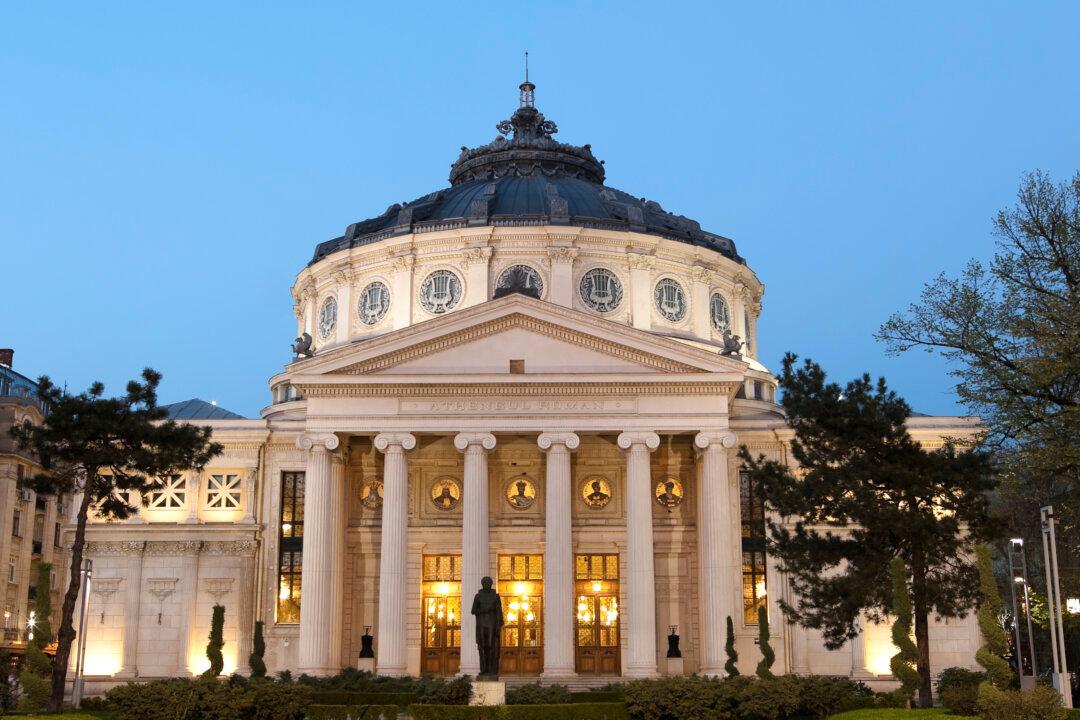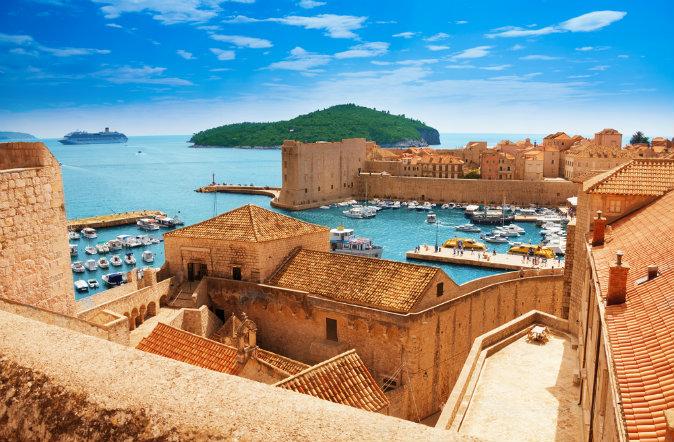In 1992, I was stepping out of the train, full of luggage, on the platform of the train station in Lucerne. I left Austria around 5 o‘clock in the morning and until there I changed 3 trains and I still had one more train connection to the village of Entlebuch, where I was supposed to stay. More than that, I had to arrive until 4 o’clock in the afternoon. But, despite the tiredness, the baggage and the pressure of arriving on time at a certain hour, I HAD to go out of the train station to enjoy the panoramic view of Lucerne. Since then, I came back to Lucerne a couple of times and each time I felt the same joy of that first July day in 1992.
It is said that Lucerne was founded when an angel showed where to build a chapel to a group of settlers. And he was right. Today, even the most determined atheist must admit that Lucerne is located in a paradise – hills, mighty mountains, a fast and fresh river and a superb blue lake. It has everything that represents the quintessence of Switzerland – lake, mountains, green hills and a river. And the human kind completed the nature – Lucerne is on the big transalpine commercial road that links Germany to the Italian Peninsula so it prospered, building a superb medieval town.
For many, the discovery of Lucerne (or Luzern in German) starts from the train station. It’s a good place to begin your journey because the train station is a couple of steps away from the old town and also from the Luzern Lake. The first monument that comes your way is the Chapel Bridge or Kappelbrucke, a wooden bridge build around the 14th century to link the two shores of the river Reuss. It’s one of Switzerland’s symbols and one of my favorite buildings. It’s not as monumental as the Taj Mahal, not as mysterious as Machu Picchu, but for me, it gives me a feeling of beauty, of good. It somehow resembles the wooden tunnel in the Romanian old city of Sighisoara, only it’s over a river…Unfortunately what you see today is not the original. This one burned down in august 1993, apparently due to a negligently thrown cigarette. I do have the satisfaction to have seen it in the original form one year before the fire. Immediately after the disaster, the Lucerne City Hall began the reconstruction of the bridge and for its loyal reproduction, the authorities asked those that took pictures or short films with the original bridge to send them to Luzern.
Fortunately though the big majority of frescoes that decorate the bridge, painted by Heinrich Wagman in 1614 showing moments of Switzerland’s history were saved out of the fire and still decorate one more time the new Bridge of the Chapel. If you look closely, you can observe the part of the bridge that remained and the one that is new – there’s a difference in color that is still pretty obvious.






